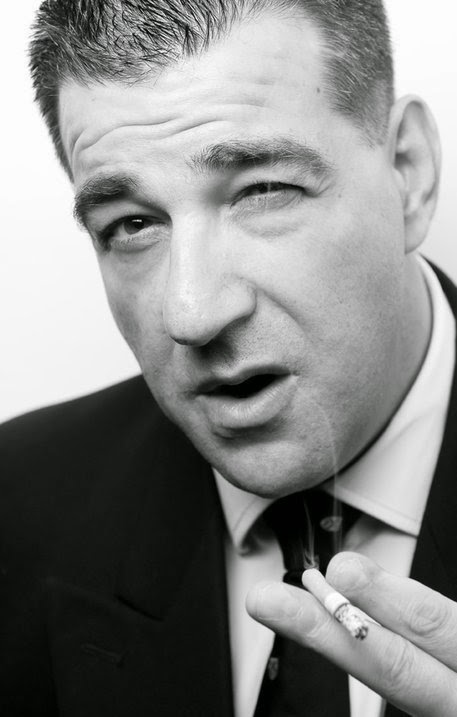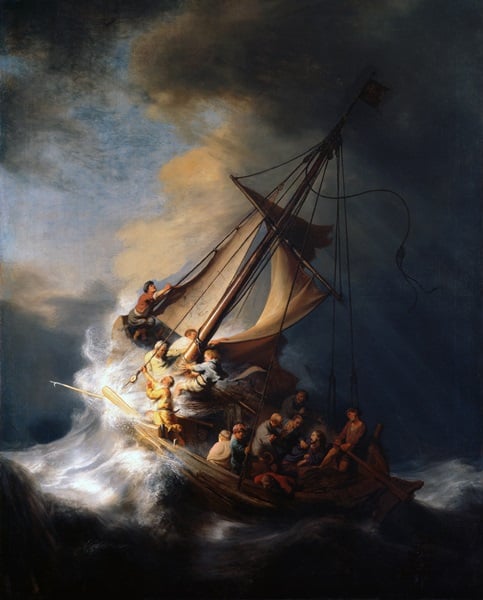Law & Politics
Former Swindler ‘Turbo Paul’ Hendry Tells All About Art Theft
Want some advice on how to recover stolen art?

Want some advice on how to recover stolen art?

Eileen Kinsella

Pacific Standard has a lengthy conversation between writer Noah Davis and “Turbo” Paul Hendry, a former antiques swindler-turned-art-theft expert that is by turns interesting and opaque. Hendry got his start in his hometown of Brighton on England’s south coast as a “knocker”—a con-artist who goes door to door convincing people to part with valuable artworks and antiques for far less than what they are actually worth.
He has since gone on to serve as an advisor or middleman of sorts for high profile art theft cases including the still-unsolved heist of hundreds of millions of dollars worth of art from the Isabella Stewart Gardner Museum in Boston in 1990. The fast talking Brit with a heavy cockney accent appeared in Stolen, a fascinating 2006 documentary by Rebecca Dreyfus about the theft and extensive but so far unsuccessful efforts to recover works including Rembrandt’s masterpiece Storm on the Sea of Galilee. He also appears in numerous other YouTube interviews discussing art theft.
The excitable Hendry, in this case interviewed via instant messenger, had plenty to say about the complicated relationships between law enforcement officials and potential informers as well as insurance experts and thorny issues associated with deal-making for recovering art, especially issues of promising immunity from prosecution and giving substantial rewards.
In a manner that is not entirely clear, he blames the “mainstream media” or “MSM” for “yellow journalism” or failure to report the truth about art theft. Huh? “Journalists have to temper their articles a bit because fear of being blackballed if they reveal too much truth,” he writes.

Rembrandt’s Storm on the Sea of Galilee was among the works stolen from the Gardner Museum in Boston in 1990. Twenty-four years later the works are still missing.
Photo: via Wikipedia.
Davis says he stumbled across Hendry “somewhere in the gray areas of the Internet,” and described his two sites Art Hostage and Stolen Vermeer as “happily abrasive.” Hendry concedes that, while he can be “toxic, I am at least even-handed with my toxic views.”
According to Hendry: “A paradox is sometimes the so-called good guys act like foxes guarding the hen house. When it comes to negotiating the recovery of stolen art, the bad guys want to deal and tell the truth, the so-called good guys lie and prevaricate to avoid any payments, even if those who provided vital information have nothing to do with the theft or subsequent handling of the stolen artworks.”
He plays up his own unique “skills” —his art dealing past and “street cred” with shady art world characters—while railing against law enforcement for not allowing deals to happen despite what he says are offers to him of stolen art everyday. “My best work is done when I dance in the shadows and allow others to claim the limelight,” he writes.
Hendry says the Gardner case is a prime example where anytime someone has stepped forward they have been “hounded and threatened and even jailed.” Furthermore he says, “the underworld believes the Gardner museum $5 million reward offer is bullshit.” He emphasizes that he does not want or expect a dime of the reward money.
However, Anthony Amore, director of security at the Gardner Museum who has long been in contact with the FBI about its ongoing investigation has previously taken on those allegations in a videotaped message that appears on the Stolen site, affirming that the $5 million reward and promises of immunity are in fact real.